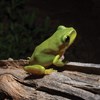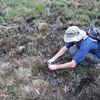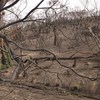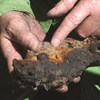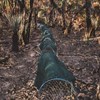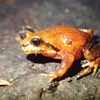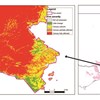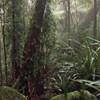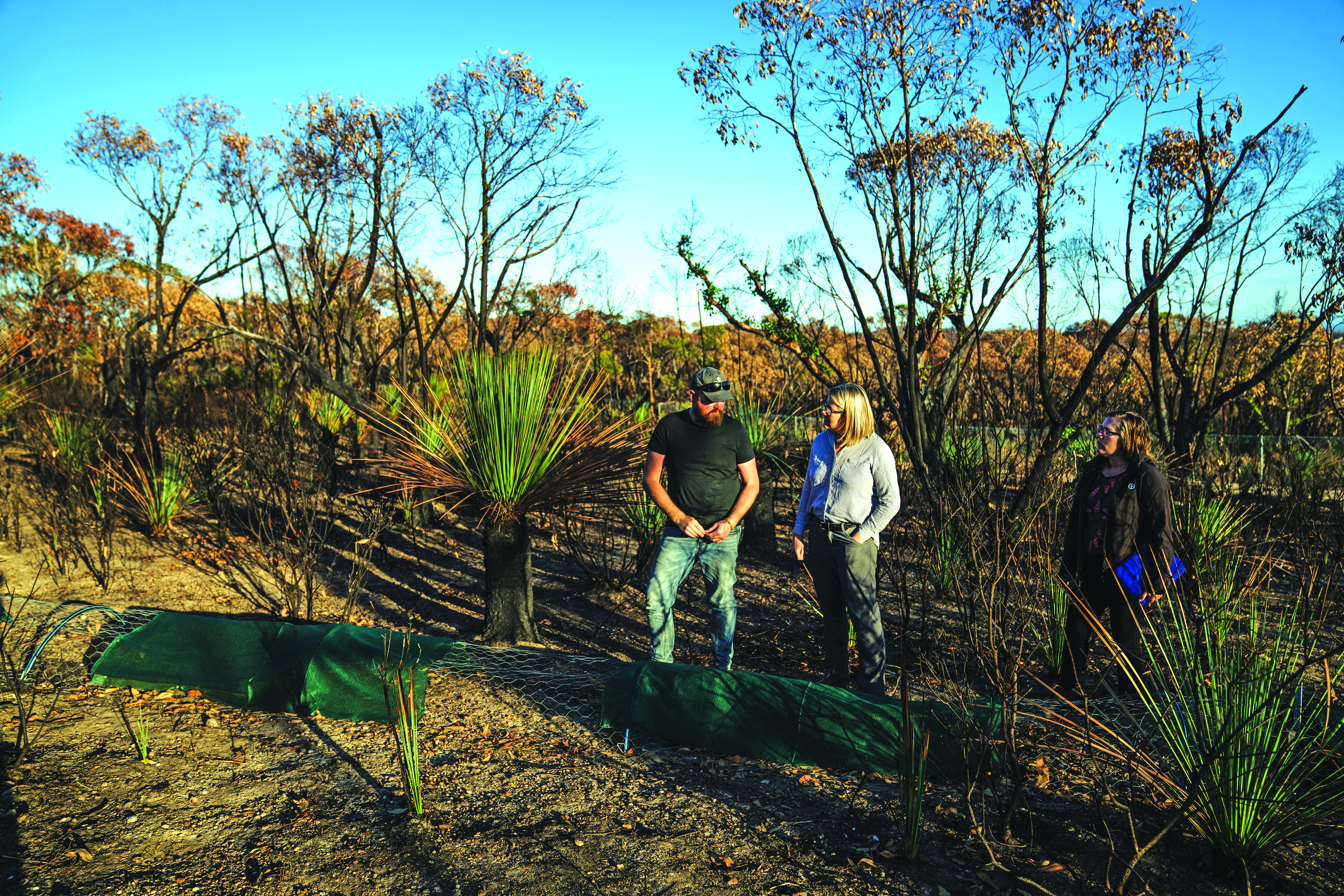
Rapid action to save species after the fires
Monday, 31 August 2020The Australian Government’s Threatened Species Commissioner and Chair of the Wildlife and Threatened Species Bushfire Recovery Expert Panel Dr Sally Box talks about the support for long-term recovery of species and ecological communities devastated by the 2019–20 fires.
In January, at the height of the fires, the Australian Government appointed a Wildlife and Threatened Species Bushfire Recovery Expert Panel, which worked rapidly to identify the species and ecological communities most in need of assistance, and the urgent management actions required.
This was a massive, collaborative task involving the Australian, state and territory governments and a wide range of relevant experts, including many from the Threatened Species Recovery Hub, to collate and analyse fire extent mapping, species distribution data and species traits information.
In parallel to this work, wildlife organisations, zoos, local community groups and government agencies took action on the ground – salvaging plant and animal species, providing emergency food drops for native animals, protecting unburnt areas, and controlling feral pests and weeds. The shared goal was and still is to give our precious wildlife, habitats and unique places the best possible chance of recovery.
In January and February, the Minister for the Environment the Hon Sussan Ley MP hosted a series of roundtables with stakeholders to inform the Australian Government’s response to the bushfires for the environment. More than 200 experts from the government, NGO, industry and business sectors met to collaborate and develop shared responses to the emergency.
The Australian Government’s initial $50 million supported quick emergency intervention early on and, with the additional $150 million investment announced in May, we are now able to focus on longer-term recovery plans and actions. The Expert Panel’s scientific advice on priority species and actions has informed the government’s investments to date and will continue to guide our response. The panel’s close collaboration with the Threatened Species Recovery Hub and its bushfire recovery research program will continue to be vitally important as we move forward.
Stories of hope
There’s great work underway across the country, despite COVID-19 presenting some challenges. In the World Heritage-listed Blue Mountains, work continues to support the recovery of the brush-tailed rock-wallaby and Wollemi pines, and to return koalas rescued from the fires back to the wild. There are signs of hope in even the most severely burnt landscapes. Kangaroo Island dunnarts have been sighted in small areas of unburned habitat. Actions to protect these precious remaining animals include control of feral cats, construction of a new fenced exclosure and installation of shelter tunnels to allow the dunnarts to safely move around.
Greening Australia has identified native seed supply needs and is producing the seedlings needed for landscape restoration and a sustainable, long-term native plant and seed sector.
Taronga Zoo is establishing an insurance colony of the northern corroboree frog from the Fiery Ranges, where 70% of remaining populations were impacted by the bushfires. A new breeding facility for this species is being established and the first 100 eggs have been collected from the wild.
There are many other stories, and time will reveal a clearer picture of the impacts of the fires and what is needed for our species’ long-term recovery. But to date, a combined and passionate effort has resulted in rapid assessments and action for species we are most worried about.
Further information
Sally Box
ThreatenedSpeciesCommissioner@environment.gov.au
Wildlife and Threatened Species Bushfire Recovery Expert Panel
http://www.environment.gov.au/biodiversity/bushfire-recovery/expert-panel
Top image: The Australian Government’s Threatened Species Commissioner Dr Sally Box talking to Pat Hodgens (left) and Heidi Groffen (right) from Kangaroo Island Land for Wildlife about shelter tunnels for the Kangaroo Island dunnart. Image: Nicolas Rakotopare
-
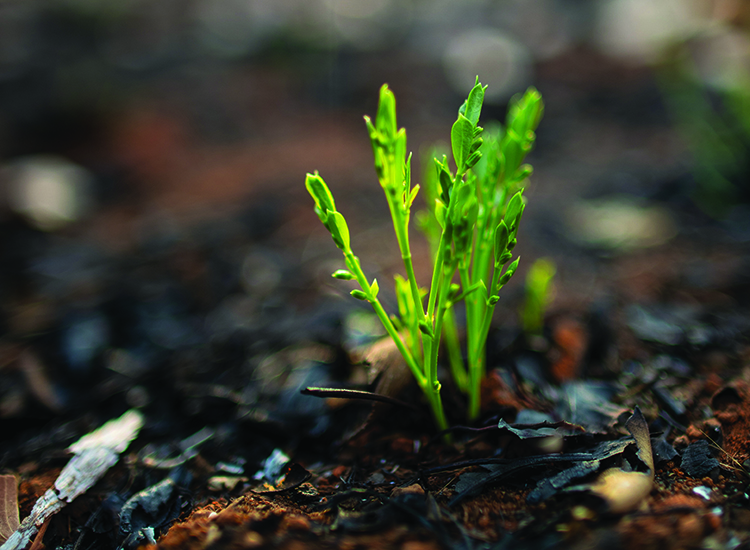
From the ashes: The 2019–20 wildfires and biodiversity loss and recovery
Monday, 31 August 2020 -
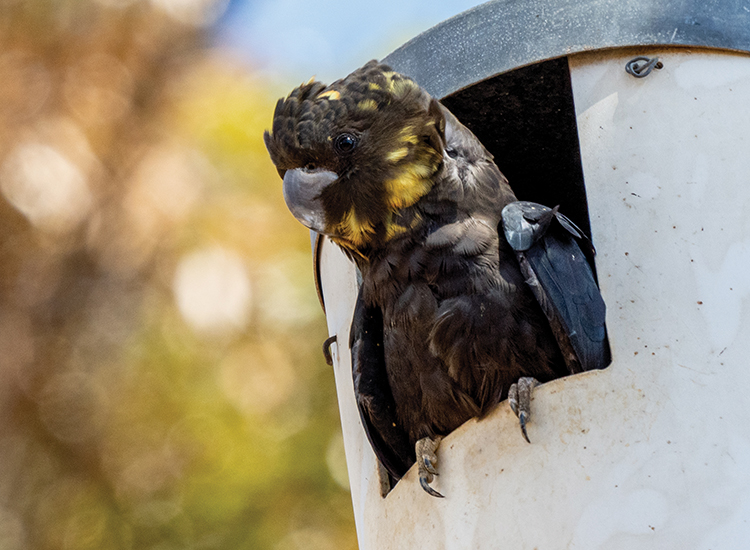
Prioritising action for animal species after the fires
Tuesday, 01 September 2020 -
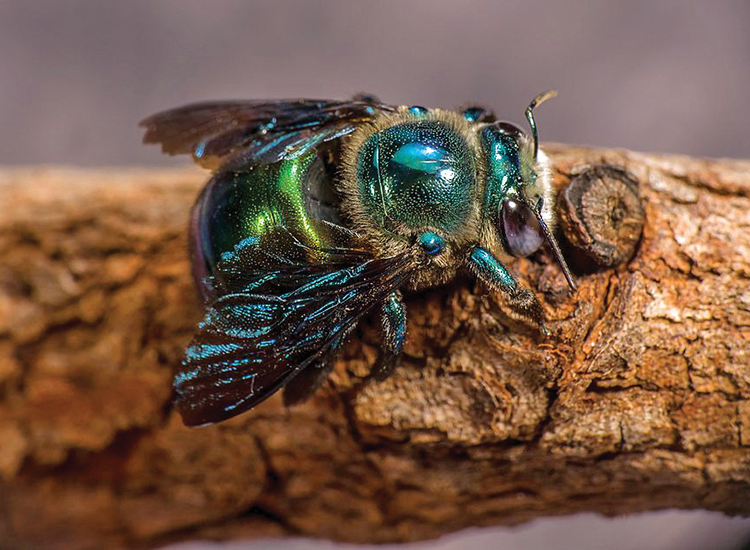
The little things count too: Prioritising recovery efforts for fire-affected invertebrates
Tuesday, 01 September 2020 -
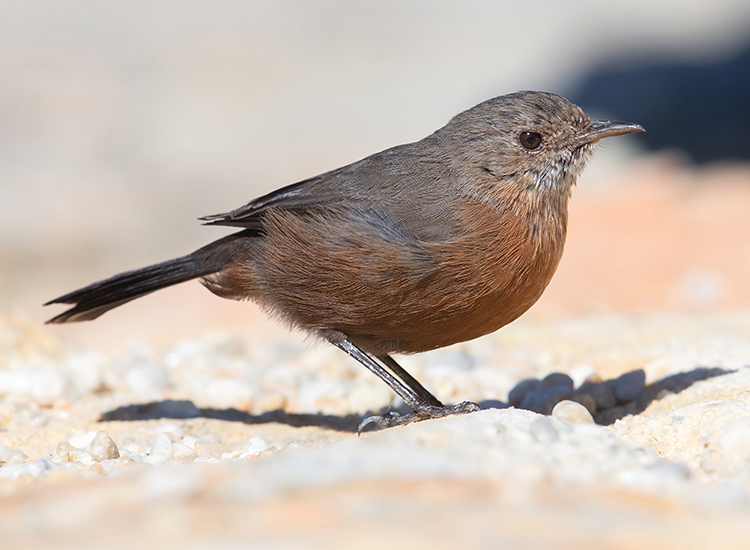
Protecting persistence: Listing species after the fires
Tuesday, 01 September 2020 -
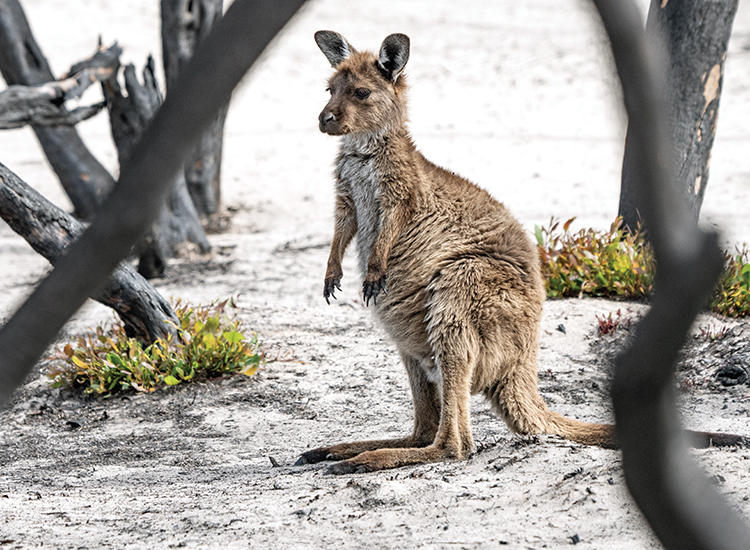
Fire and post-fire impacts on wildlife groups, and priority conservation responses
Wednesday, 02 September 2020 -
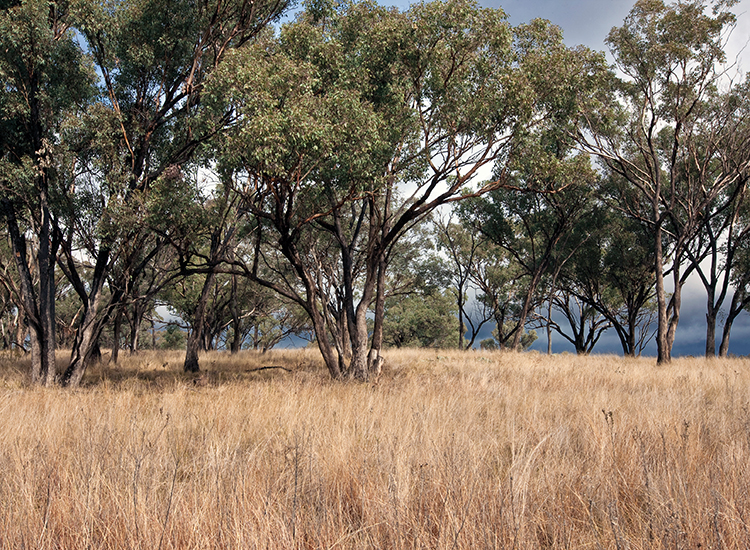
Post-fire recovery of Australia’s threatened woodlands: Avoiding uncharted trajectories
Wednesday, 02 September 2020 -
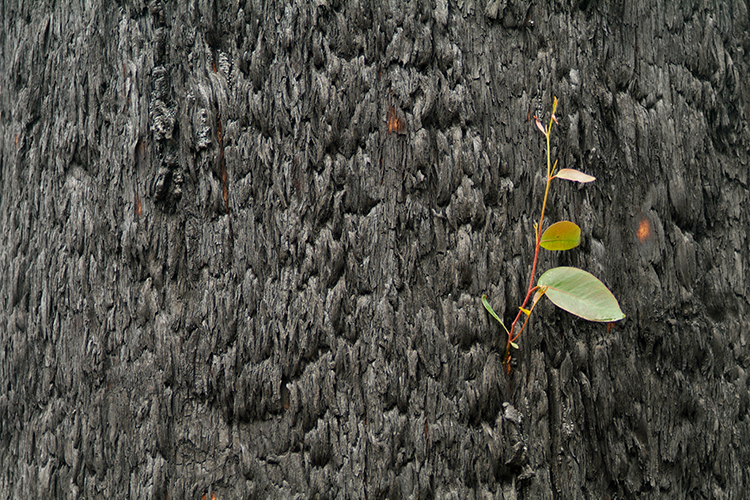
A conservation response to the 2019-20 wildfires
Tuesday, 21 January 2020 -
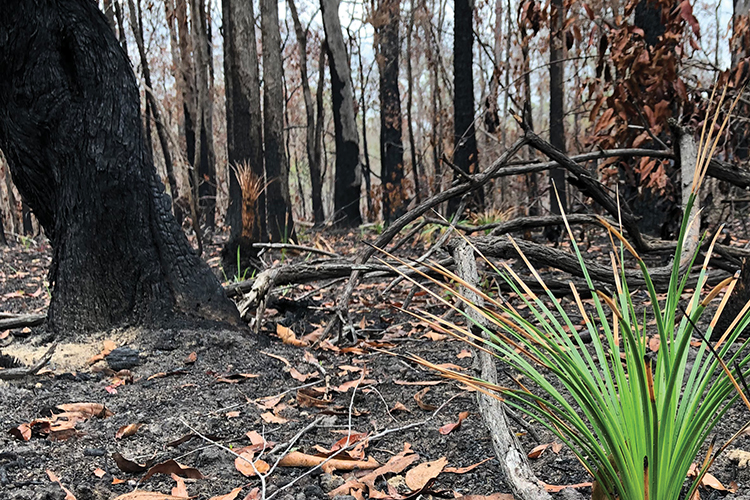
Considering cats and foxes after the bushfires: Fewer pests but more impact?
Monday, 16 March 2020 -
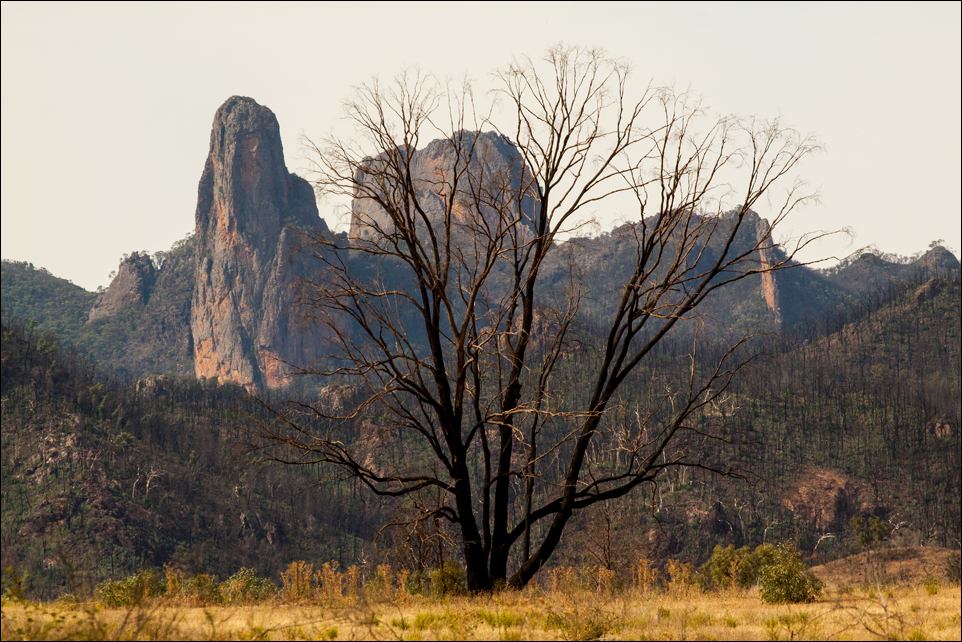
Threatened Species Recovery Hub statement on the fires
Tuesday, 14 January 2020
